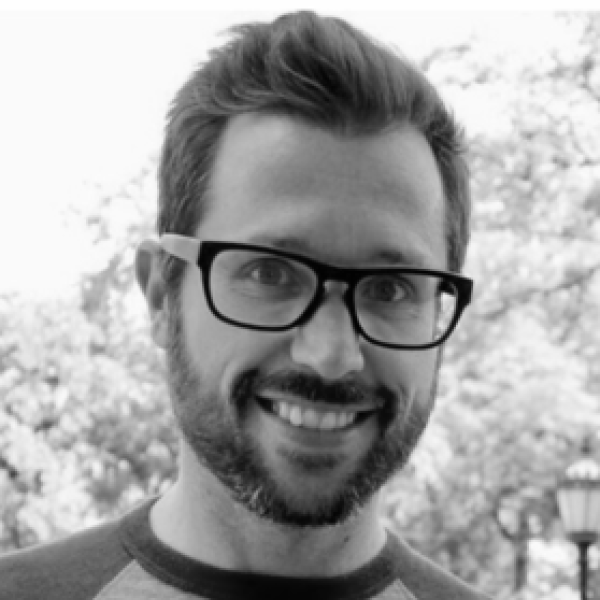We use optical techniques to measure and manipulate the activity of cells and circuits in the brain involved in the formation and recall of complex memories. We use mice as our animal model, and virtual reality as a platform for learning and memory related tasks. Our goal is to understand how the brain forms and recalls memories at the scale of synapses and dendrites through to the level of large ensembles of neurons and across brain regions.
Northwestern University
Evanston, USA
- Postdoc - Neurobiology
2017
Northwestern University
Evanston, USA
Ph. D. - Neurobiology
2011
University of Nottingham
Nottingham, England
BSc/Msc - Neuroscience
2006
A contextual fear conditioning paradigm in head-fixed mice exploring virtual reality.
A contextual fear conditioning paradigm in head-fixed mice exploring virtual reality. bioRxiv. 2024 Nov 27.
PMID: 39651122
A preprocessing toolbox for 2-photon subcellular calcium imaging.
A preprocessing toolbox for 2-photon subcellular calcium imaging. bioRxiv. 2024 Nov 21.
PMID: 39605689
Distinct catecholaminergic pathways projecting to hippocampal CA1 transmit contrasting signals during navigation in familiar and novel environments.
Distinct catecholaminergic pathways projecting to hippocampal CA1 transmit contrasting signals during navigation in familiar and novel environments. Elife. 2024 Nov 06; 13.
PMID: 39504262
Distinct catecholaminergic pathways projecting to hippocampal CA1 transmit contrasting signals during navigation in familiar and novel environments.
Distinct catecholaminergic pathways projecting to hippocampal CA1 transmit contrasting signals during navigation in familiar and novel environments. bioRxiv. 2024 Jul 24.
PMID: 38076843
Reward Expectation Reduces Representational Drift in the Hippocampus.
Reward Expectation Reduces Representational Drift in the Hippocampus. bioRxiv. 2023 Dec 21.
PMID: 38187677
The Precision of Place Fields Governs Their Fate across Epochs of Experience.
The Precision of Place Fields Governs Their Fate across Epochs of Experience. eNeuro. 2023 Dec; 10(12).
PMID: 37973379
Distinct catecholaminergic pathways projecting to hippocampal CA1 transmit contrasting signals during behavior and learning.
Distinct catecholaminergic pathways projecting to hippocampal CA1 transmit contrasting signals during behavior and learning. bioRxiv. 2023 Nov 30.
PMID: 38076843
A thalamic-hippocampal CA1 signal for contextual fear memory suppression, extinction, and discrimination.
A thalamic-hippocampal CA1 signal for contextual fear memory suppression, extinction, and discrimination. Nat Commun. 2023 10 24; 14(1):6758.
PMID: 37875465
Direct Thalamic Inputs to Hippocampal CA1 Transmit a Signal That Suppresses Ongoing Contextual Fear Memory Retrieval.
Direct Thalamic Inputs to Hippocampal CA1 Transmit a Signal That Suppresses Ongoing Contextual Fear Memory Retrieval. bioRxiv. 2023 Mar 27.
PMID: 37034812
Direct Thalamic Inputs to Hippocampal CA1 Transmit a Signal That Suppresses Ongoing Contextual Fear Memory Retrieval.
Direct Thalamic Inputs to Hippocampal CA1 Transmit a Signal That Suppresses Ongoing Contextual Fear Memory Retrieval. Res Sq. 2023 Mar 27.
PMID: 37034716
Sloan
2018 - 2020
Searle scholars program
2018 - 2021
DP2 - New Innovator Award
NIH
2018 - 2023
Whitehall Foundation
2017 - 2020
